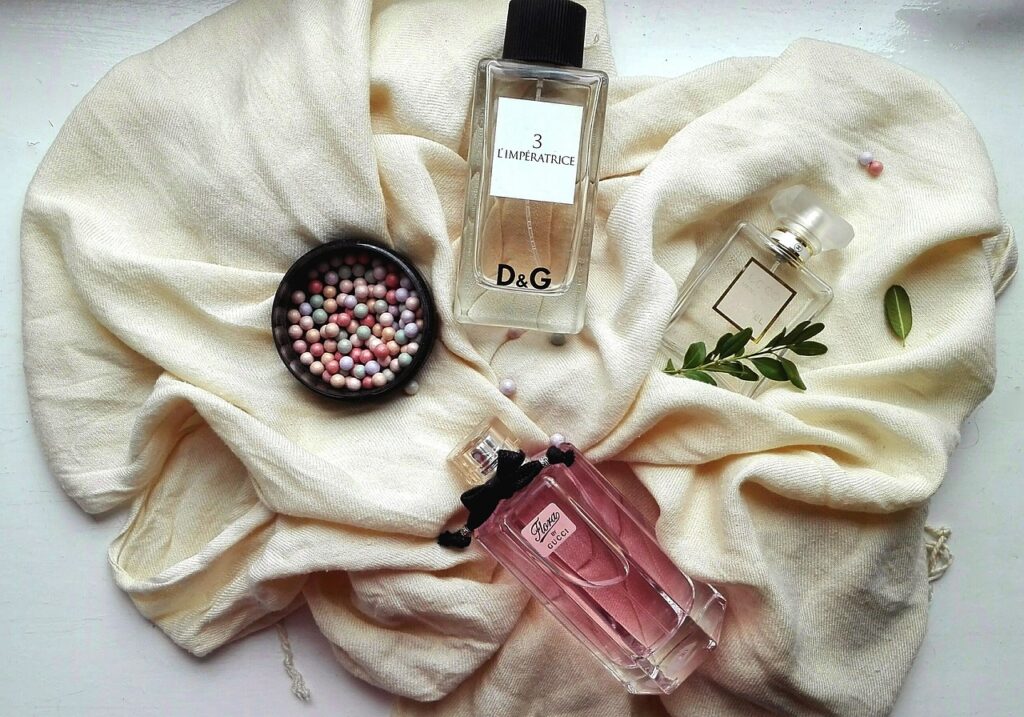The Psychology Behind Product Sampling

In the bustling world of marketing, where consumers are constantly bombarded with advertisements, brands are continually seeking innovative ways to capture attention and foster genuine connections with their audience. One of the most effective and time-tested methods is product sampling. But why is product sampling so powerful? The answer lies in understanding the psychology behind it.
The Power of Experience
At the core of product sampling is the principle of experiential marketing. Unlike traditional advertising, which relies on visual and auditory stimuli, product sampling engages the senses more fully. When consumers can touch, taste, smell, or use a product, they form a direct and tangible connection with it. This sensory experience is far more memorable and impactful than a simple advertisement.
For instance, consider a new brand of gourmet chocolate. Seeing an ad might pique interest, but actually tasting the chocolate can create a sensory memory that is difficult to forget. This direct experience allows consumers to assess the quality and enjoy the product firsthand, making them more likely to make a purchase.

Building Trust and Reducing Risk
One of the biggest barriers to purchase is the fear of wasting money on a product that may not meet expectations. Product sampling effectively eliminates this risk by allowing consumers to try before they buy. This approach builds trust between the brand and the consumer.
When a brand offers a free sample, it sends a message of confidence in its product. It suggests that the brand believes in the quality and value of what it is offering and is willing to let consumers make their own judgement. This trust can significantly reduce the perceived risk, making consumers more comfortable with the idea of purchasing the product.
Reciprocity: The Power of Giving
The principle of reciprocity, a fundamental concept in social psychology, plays a crucial role in the effectiveness of product sampling. When someone receives something for free, they often feel a psychological obligation to return the favour. In the context of product sampling, this might translate into making a purchase or spreading positive word-of-mouth about the product.
For example, if a consumer receives a free sample of a skincare product and likes it, they might feel inclined to buy the full-size product or recommend it to a friend. This sense of indebtedness, even if subtle, can significantly influence consumer behaviour and drive sales.
Creating Brand Advocates
Product sampling not only drives immediate sales but also has the potential to create long-term brand advocates. When consumers have a positive experience with a sample, they are likely to share their experience with others. This word-of-mouth marketing is incredibly valuable, as personal recommendations are often more trusted than traditional advertisements.
Moreover, in today’s digital age, positive experiences can quickly be amplified through social media. Consumers who love a sample might post about it on their social media platforms, reaching a wider audience and generating organic buzz for the brand.
Creating Brand Advocates
Offering samples can also enhance the perceived value of a product. When consumers receive a sample, they may perceive the product as being more valuable due to the effort and cost the brand has invested in providing it. This perceived value can create a positive bias towards the product, making consumers more likely to purchase it in the future.
Additionally, the exclusivity of receiving a sample can make consumers feel special and valued by the brand. This emotional connection can strengthen brand loyalty and encourage repeat purchases.
Influencing Purchase Decisions
Product sampling can significantly influence purchase decisions, especially for new or unfamiliar products. It serves as a powerful tool for breaking down barriers and encouraging trial. By providing a low-commitment opportunity to experience the product, sampling can convert hesitant consumers into enthusiastic buyers.
Studies have shown that consumers who receive samples are more likely to purchase the product compared to those who do not. This effect is particularly pronounced for products that rely heavily on sensory experiences, such as food, beverages, and cosmetics.
Strategic Implementation of Sampling Programs
To maximise the psychological benefits of product sampling, brands must implement their sampling programs strategically. Here are a few key considerations:
- Targeting the Right Audience: Ensure that samples are distributed to consumers who are most likely to be interested in and benefit from the product. This increases the chances of conversion and positive word-of-mouth.
- Creating a Memorable Experience: The way a sample is presented can make a significant difference. Thoughtful packaging, personalised messages, and engaging interactions can enhance the overall experience and leave a lasting impression.
- Gathering Feedback: Use sampling programs as an opportunity to gather valuable feedback from consumers. This can provide insights into product improvements and help refine marketing strategies.
- Leveraging Digital Channels: In addition to in-person sampling, consider digital sampling programs where consumers can request samples online. This can expand reach and provide a convenient way for consumers to experience the product.
Takeaway
The psychology behind product sampling reveals why this marketing strategy remains so effective. By providing a direct, sensory experience, reducing perceived risk, leveraging the principle of reciprocity, and creating brand advocates, product sampling can significantly influence consumer behaviour and drive sales. When implemented strategically, product sampling can be a powerful tool for building trust, enhancing perceived value, and ultimately, fostering long-term customer loyalty. Product sampling companies in India are increasingly recognising these benefits and are incorporating innovative sampling strategies to connect with their target audience effectively.